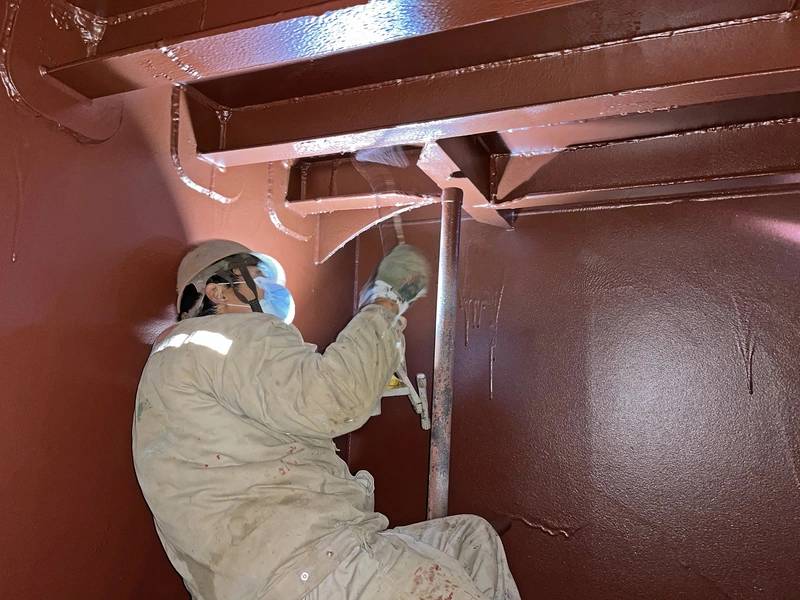There’s a tendency for owners to stick with the coatings they are familiar with, but environmental concerns, particularly regarding marine biodiversity, are providing fresh opportunities for them to reconsider.Measuring hull coating performance…
There’s a tendency for owners to stick with the coatings they are familiar with, but environmental concerns, particularly regarding marine biodiversity, are providing fresh opportunities for them to reconsider.
Measuring hull coating performance from noon reports yields around 350 data points over a five-year docking cycle after including full loaded sailing days and excluding adverse weather days etc.
But it’s become a more sophisticated challenge now that owners and operators have to factor in decarbonization regulations, the IMO’s 2023 biofouling guidance for invasive species prevention (MEPC 378.(80)) and the potential for reputational damage if a vessel is denied entry to a destination port.
As a result, technology for coating performance monitoring and prediction is growing in sophistication perhaps faster than coating technology itself.
High frequency monitoring is becoming more popular as it can provide hundreds of readings a day. The systems that coatings suppliers are advancing are typically based on historic AIS data which is to determine voyage route and speed combined with seawater temperature data to estimate fouling challenges.

Image Courtesy Hydrex
AkzoNobel’s International marine coatings brand has released
Content Original Link:
" target="_blank">










































